Artificial Artists: AI Artist Achieves Acclaim!
This AI won a State Fair Art Competition.
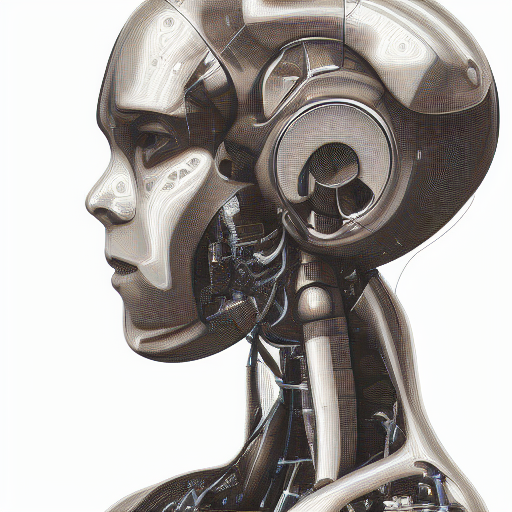
Here is Stable Diffusion’s output when prompted with “An AI’s Drawing of an AI.”
When I say the words ‘Artificial Intelligence,’ one of two images likely pops into your head. You either think of the hyper-intelligent skynet-like machine, capable of commanding armies and feeling emotion, or you think of the video game NPC that slams itself into a wall because of improper programming. But what if I told you that AI was capable of writing? In fact, what if I told you that AI wrote the last two descriptions?
It seems outrageous, but it’s true. The descriptions you just read, the lead image, and every other image you will see in this article are created by AI. And if that doesn’t seem impressive, what if I told you that this very AI recently won an Art Competition?
Looking At the Incident
At the start of September 2022, Jason Allen, founder of Incarnate games, competed in the Colorado State Fair’s Fine Arts competition. But rather than taking up the paintbrush or stylus, Allen took to his keyboard and typed up a description – “a Victorian-style woman in a frilly dress wearing a space helmet.” Then, the computer generated an image. He then fine tuned this description by going through 900 iterations over a total span of 80 hours, each time picking the best of the samples. At the end of this process, he had an artwork no different from those found in a museum. He submitted his art piece, named the “Théâtre D’opéra Spatial,” noting that AI created it.
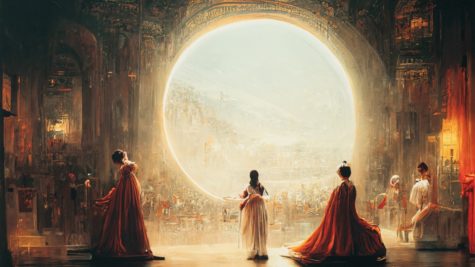
When the judges announced Allen’s win, many believed that this victory was unearned. “The win went to something that was generated by an AI artist who was fed art by other artists and told to create the final product. It’s unfair to think that something that was generated by an AI was placed on the same level as something that was made by people who trained to perfect their craft,” said Yvonne Fong ’23
Many also argue that by using AI, Allen has essentially submitted another person’s art. When asked, Justin Yi Cheng ’23 noted that “Jason Allen essentially commissioned art from someone else, then submitted it as his artwork. There’s no difference between writing (Jason Allen via Midjourney) and (Jason Allen via paid Artist).”
Other critics found the fact that this competition allowed AI to be outlandish, and many more shamed Allen for using an AI at all. Allen offered a retort to these claims, however, stating, “I’m not going to apologize for it. I won, and I didn’t break any rules.”
What are Art AIs exactly?
Art AIs, such as Midjourney, Dall-E, and Stable Diffusion works by using an algorithm to analyze thousands of existing works that adhere to your placed prompt. So, if I were to input the prompt of “a rocket flying through space in the rococo art style,” the AI would look at each element of the prompt (a rocket flying, space, rococo art style), and then create an artistic profile by sampling artworks with similar elements. Depending on the sampling method, the output will also differ.
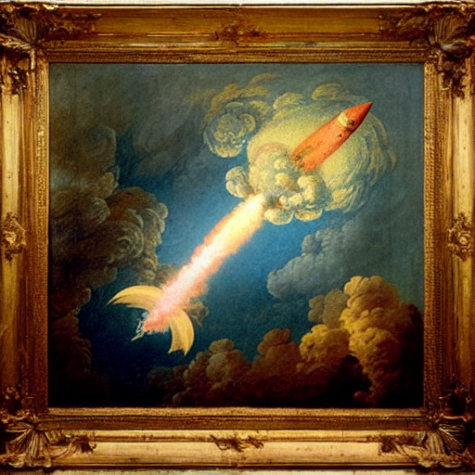
The AI then uses this profile and draws layers and layers of colors until completing the artwork. Aside from pure text prompts, users may upload an existing picture as a basis for the AI. This means that the AI would sample the inserted image, and use it as a part of its output.
Though the common use for these AIs is for personal entertainment and learning purposes, many individuals have adapted it as a tool for creative projects like games and 3D modeling. Ben Avery ’23 often uses the Midjourney AI to create artwork for his custom Magic: The Gathering cards, citing MidJourney as “one of the best ways to make my cards feel real and cohesive.”
Additionally, AI artwork cannot be copyrighted. The United States copyright office has denied any recent attempts, such as Steven Thaler’s attempt to copyright “A Recent Entrance to Paradise. This means that art pieces created by AI are not the intellectual property of any one person, providing more liberty for users and those interested in creating AI artworks.
Outrage and Outlook
Though the prospect of this technology fascinates game designers, it also alarms many artists due to its implications.
For many professional artists, AI Art Generators signal fierce competition. Many artists fear that smaller companies and game studios may choose AI Art generators over traditional artists for their needs as opposed to hiring artists, as a means of cutting costs. “Professional artists depend on clients for a source of income, and they dedicate a lot of their time perfecting their skills to have a stable way to support themselves. The rising popularity of AI art means that a lot of potential clients will turn to an AI instead of a real person because it seems easier,” said Kathy Le ’25.
Artists and enthusiasts also criticize Art AIs for being derivative, arguing that they merely copy the works of existing artists. An extreme example of this is with AI replicating the works of recently deceased artists. For example, only days after the death of Kim Jung Ji, a well known Korean illustrator, AI Art has been created to profit off of his style.
Vienna Chen ’26 expresses her distaste towards this trend. “It’s unfortunate that people are taking advantage of AI in a way that harms other people than helps, especially when people steal art (as AI generated art has previous artworks inputted into it to create something of that style) and demand to be respected as an actual artist.”
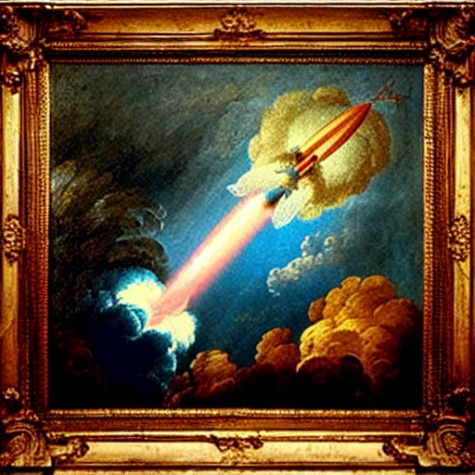
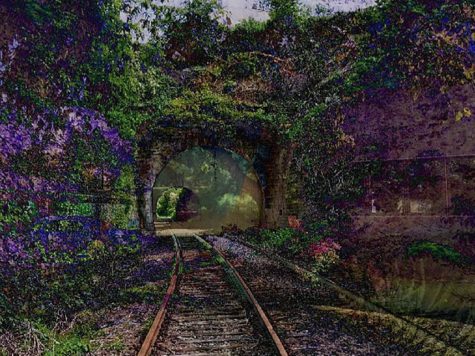
Despite the negativity towards Art AIs, many believe that AI will be a tool for artists as opposed to a replacement. Maria Gil ’23, argues this position, noting that, “the art that AI generates isn’t always entirely coherent, so even if the AI creates something that has some interesting composition and color palette choices, artists are still needed to add the purpose to the artwork — a computer cannot fill every stroke and shape it creates with a thematic idea in mind. AI will probably change the art industry, but it will never eliminate the need for people who have more art experience than the average person. It may become less about having the technical skill, and more about knowing the theoretical aspects.”
Though the future of AI art is uncertain, most can agree that the development of AI Art is a milestone within AI development. It is something that will definitely prove useful for prototyping and creative purposes, as well as for industries like animation and game development. But for AI Art to keep its foothold, it is a must that concerns such as mimicry and legitimacy be resolved. And if progress is made and concerns are resolved, AI art may become the first in many steps in making art-making more accessible for everyone.
The descriptions you just read, the cover, and every other image you will see in this article are created by AI.
Tiankuo Zhang is an Editor-In-Chief for 'The Science Survey.' He sees journalism as something that has withstood the test of time and finds the transcriptions...










